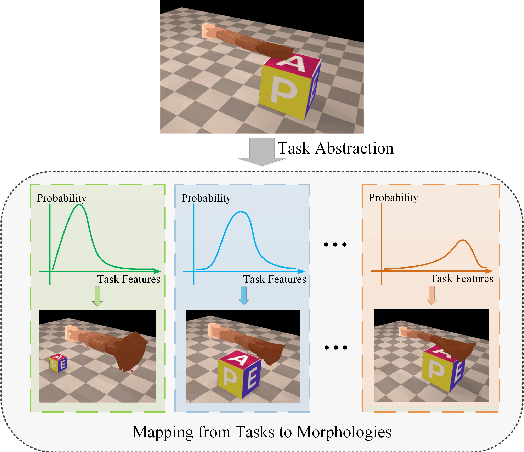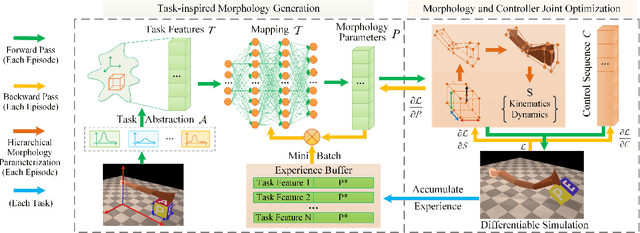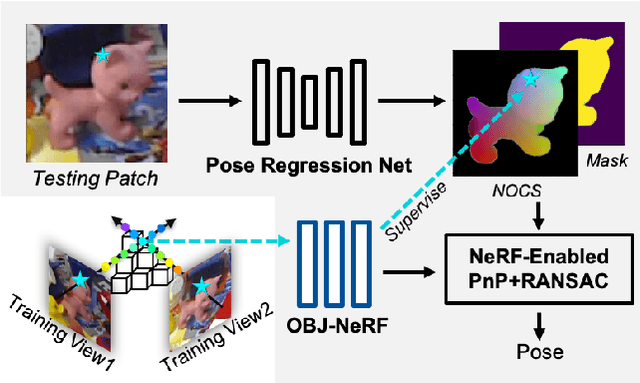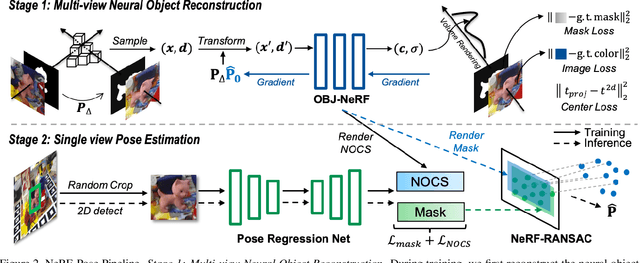Shaowu Yang
Pairwise Similarity Regularization for Semi-supervised Graph Medical Image Segmentation
Mar 17, 2025Abstract:With fully leveraging the value of unlabeled data, semi-supervised medical image segmentation algorithms significantly reduces the limitation of limited labeled data, achieving a significant improvement in accuracy. However, the distributional shift between labeled and unlabeled data weakens the utilization of information from the labeled data. To alleviate the problem, we propose a graph network feature alignment method based on pairwise similarity regularization (PaSR) for semi-supervised medical image segmentation. PaSR aligns the graph structure of images in different domains by maintaining consistency in the pairwise structural similarity of feature graphs between the target domain and the source domain, reducing distribution shift issues in medical images. Meanwhile, further improving the accuracy of pseudo-labels in the teacher network by aligning graph clustering information to enhance the semi-supervised efficiency of the model. The experimental part was verified on three medical image segmentation benchmark datasets, with results showing improvements over advanced methods in various metrics. On the ACDC dataset, it achieved an average improvement of more than 10.66%.
Task2Morph: Differentiable Task-inspired Framework for Contact-Aware Robot Design
Mar 28, 2024



Abstract:Optimizing the morphologies and the controllers that adapt to various tasks is a critical issue in the field of robot design, aka. embodied intelligence. Previous works typically model it as a joint optimization problem and use search-based methods to find the optimal solution in the morphology space. However, they ignore the implicit knowledge of task-to-morphology mapping which can directly inspire robot design. For example, flipping heavier boxes tends to require more muscular robot arms. This paper proposes a novel and general differentiable task-inspired framework for contact-aware robot design called Task2Morph. We abstract task features highly related to task performance and use them to build a task-to-morphology mapping. Further, we embed the mapping into a differentiable robot design process, where the gradient information is leveraged for both the mapping learning and the whole optimization. The experiments are conducted on three scenarios, and the results validate that Task2Morph outperforms DiffHand, which lacks a task-inspired morphology module, in terms of efficiency and effectiveness.
* 9 pages, 10 figures, published to IROS
EAFP-Med: An Efficient Adaptive Feature Processing Module Based on Prompts for Medical Image Detection
Nov 27, 2023



Abstract:In the face of rapid advances in medical imaging, cross-domain adaptive medical image detection is challenging due to the differences in lesion representations across various medical imaging technologies. To address this issue, we draw inspiration from large language models to propose EAFP-Med, an efficient adaptive feature processing module based on prompts for medical image detection. EAFP-Med can efficiently extract lesion features of different scales from a diverse range of medical images based on prompts while being flexible and not limited by specific imaging techniques. Furthermore, it serves as a feature preprocessing module that can be connected to any model front-end to enhance the lesion features in input images. Moreover, we propose a novel adaptive disease detection model named EAFP-Med ST, which utilizes the Swin Transformer V2 - Tiny (SwinV2-T) as its backbone and connects it to EAFP-Med. We have compared our method to nine state-of-the-art methods. Experimental results demonstrate that EAFP-Med ST achieves the best performance on all three datasets (chest X-ray images, cranial magnetic resonance imaging images, and skin images). EAFP-Med can efficiently extract lesion features from various medical images based on prompts, enhancing the model's performance. This holds significant potential for improving medical image analysis and diagnosis.
NeRF-Pose: A First-Reconstruct-Then-Regress Approach for Weakly-supervised 6D Object Pose Estimation
Mar 09, 2022



Abstract:Pose estimation of 3D objects in monocular images is a fundamental and long-standing problem in computer vision. Existing deep learning approaches for 6D pose estimation typically rely on the assumption of availability of 3D object models and 6D pose annotations. However, precise annotation of 6D poses in real data is intricate, time-consuming and not scalable, while synthetic data scales well but lacks realism. To avoid these problems, we present a weakly-supervised reconstruction-based pipeline, named NeRF-Pose, which needs only 2D object segmentation and known relative camera poses during training. Following the first-reconstruct-then-regress idea, we first reconstruct the objects from multiple views in the form of an implicit neural representation. Then, we train a pose regression network to predict pixel-wise 2D-3D correspondences between images and the reconstructed model. At inference, the approach only needs a single image as input. A NeRF-enabled PnP+RANSAC algorithm is used to estimate stable and accurate pose from the predicted correspondences. Experiments on LineMod and LineMod-Occlusion show that the proposed method has state-of-the-art accuracy in comparison to the best 6D pose estimation methods in spite of being trained only with weak labels. Besides, we extend the Homebrewed DB dataset with more real training images to support the weakly supervised task and achieve compelling results on this dataset. The extended dataset and code will be released soon.
 Add to Chrome
Add to Chrome Add to Firefox
Add to Firefox Add to Edge
Add to Edge